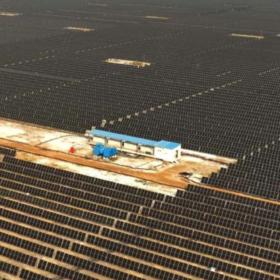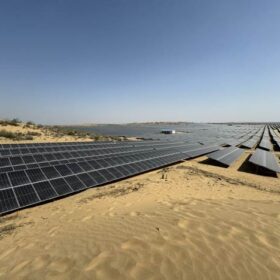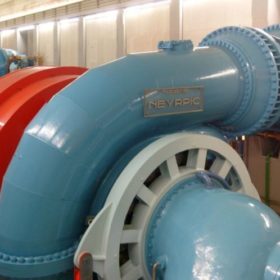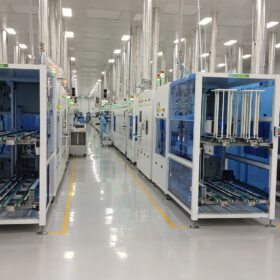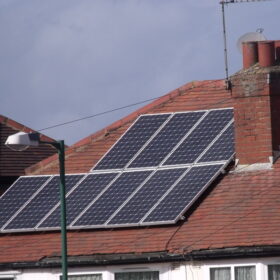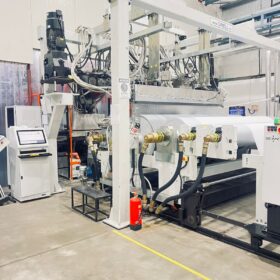NTPC switches on 359.58 MW solar
NTPC has announced the commercial operation of 359.58 MW of solar capacity across projects of its subsidiaries in Gujarat and Rajasthan, taking the Group’s total commercial capacity to 85.5 GW+.
KP Group to invest INR 36,000 crore in Botswana’s renewable energy sector
KP Group has signed a memorandum of understanding with the Government of Botswana for the development of 5 GW of renewable energy and power infrastructure projects.
Tata Power plans INR 6,500-crore, 10 GW solar ingot and wafer factory
Tata Power estimates domestic solar ingot and wafer demand to exceed 50 GW by 2030, driven by the rapid expansion of solar cell and module manufacturing. The planned 10 GW ingot and wafer facility is a strategic investment aimed at securing raw material supply for its own manufacturing operations, while also supplying wafers to other cell and module manufacturers.
Powering India’s digital transformation: The backbone technologies you don’t see
Every new 5G deployment, data centre expansion, or broadband rollout depends on power and cooling architectures that operate quietly in the background, ensuring continuity, efficiency, and resilience.
Attero announces INR 150 crore investment to expand e-waste and copper recycling capacity across India
Once the new plants are commissioned, Attero’s overall processing capacity across e-waste and metals recovery will reach 244,000 tonnes per annum.
NTPC’s 735 MW Nokh solar project now fully operational
NTPC’s 735 MW (3 × 245 MW) Nokh solar project in Jaisalmer district, Rajasthan, has become fully operational following the recent commissioning of the final 78 MW capacity at Plot-1.
The Hydrogen Stream: IIT Kanpur, HBTU to jointly establish Centre of Excellence for Green Hydrogen in Uttar Pradesh
The Centre of Excellence, operated from the campus of IIT Kanpur and HBTU Kanpur, will prioritize research and development focused on green hydrogen production, storage, transportation, safety standards, testing, demonstrations, and industrial use. Special emphasis will be on applied research and technological solutions for industries such as refineries, fertilizers, transportation, manufacturing, and energy systems.
ReNew secures long-term agreement with Google for 150 MW solar project in Rajasthan
Following this solar agreement, ReNew’s committed commercial and industrial (C&I) portfolio expands to 2.7 GW (2 GW commissioned and 700 MW under construction). Additionally, it has 700 MW in the pipeline.
Bihar selects GreenCo Energies, Sun Petrochemicals for 2.12 GW of pump storage projects
Bihar State Power Generation Co. Ltd (BSPGCL) has selected GreenCo Energies and Sun Petrochemicals for the development of 2.12 GW of pumped storage power projects in the hilly areas of Nawada district
Waaree secures ALMM approval for 5.25 GW solar cell capacity
Waaree Energies’ advanced solar cell manufacturing facility located at Degam, Chikhli, Navsari (Gujarat) has been ALMM enlisted with a total approved capacity of 5.25 GW per annum. This includes 3,923 MW of n-type TOPCon cells and 1,328 MW of p-type PERC bifacial cells.

